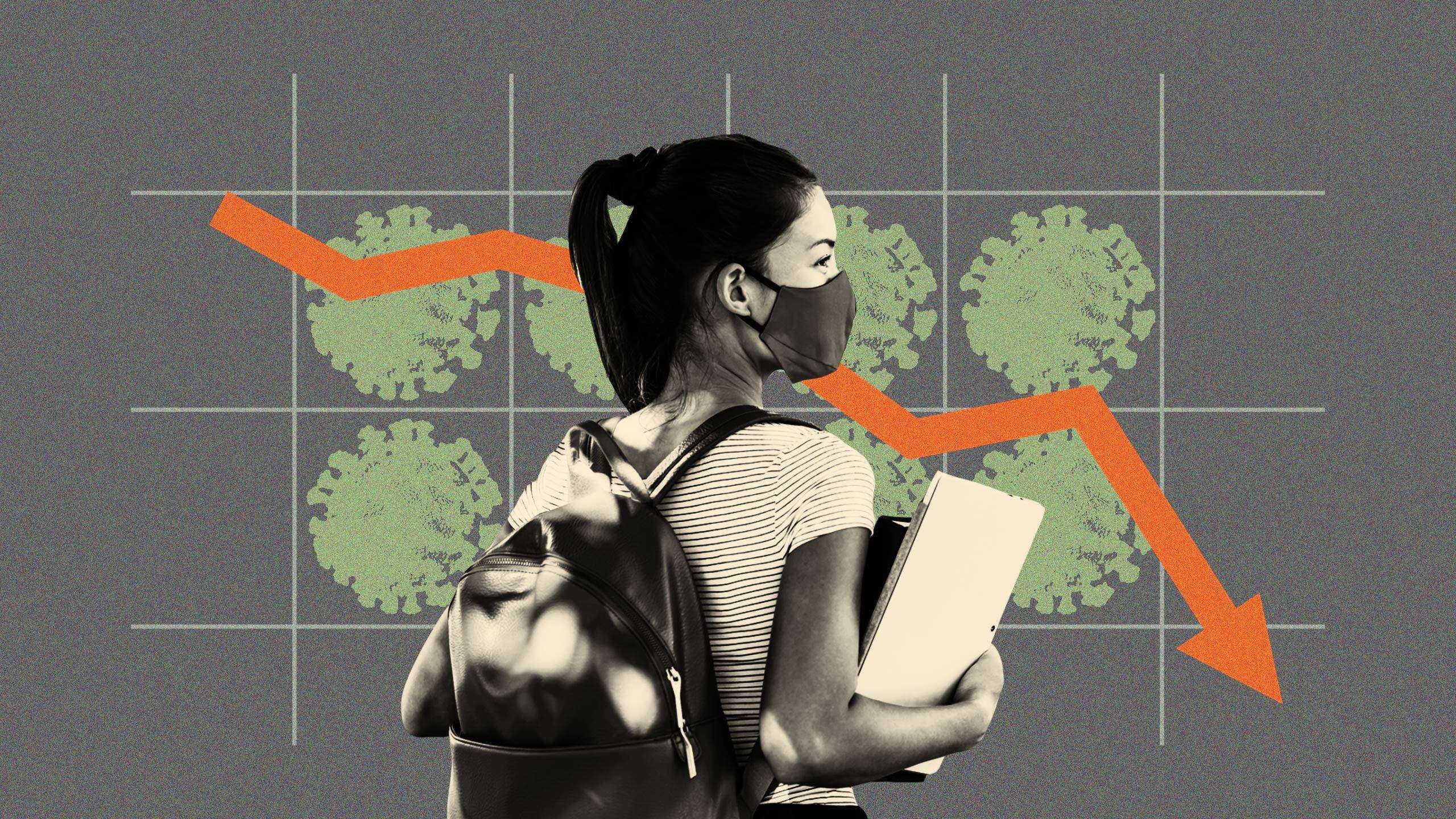Children miss an average of a third of a year of school during the coronavirus pandemic, according to a new analysis of more than 40 studies from around the world. Researchers say the damage is largely due to the disruption and damage school closures—and subsequent shifts to distance learning—have on children’s physical and mental health. This latest assessment is further evidence that the pandemic has contributed to the loss of historical learning among school-closing children — a loss that seems increasingly difficult to repair.
Published by Monday Nature is human behavior journal, the analysis compiled the results of 42 studies examining learning loss epidemics from 15 countries around the world. It found that, globally, children lost 35 percent of a school year’s worth of learning during the pandemic.
Studies also indicate that efforts to reverse the severe learning losses caused by Covid school closures have not been successful. After returning to the classroom, the deficits created during the pandemic have remained “remarkably stable,” indicating that pandemic-era learning losses may follow children throughout the rest of their educational lives.
Deficits are particularly pronounced in math, which may be because “learning progress in math is more dependent on formal instruction than in reading.” “This may be because parents are better equipped to help their children read, and because children improve their reading skills (but not their math skills) when reading for pleasure outside of school,” the analysis noted.
Learning losses were more pronounced in middle-income countries such as Mexico and South Africa included in the analysis. In fact, middle-income countries account for the three highest estimates of learning loss. Studies from low-income countries were excluded due to poor data quality, although the researchers note that “learning deficits may be larger in low-income countries, given that these countries already faced an education crisis before the pandemic, typically implementing long-term school closures.” and were under-resourced and unprepared to facilitate distance learning.”
Even in high-income countries like the United States, levels of learning loss were steep. A study included in the analysis found that the average public school student in third through eighth grade lost half a year of math and a quarter of a year in reading.
However, two of the countries studied, Sweden and Denmark, did not experience any significant education losses. Sweden famously managed to avoid closing most schools during the pandemic and notably never closed primary schools. Although schools were closed in Denmark, a study theorized that the lack of learning loss could be due to the country’s “reliable digital infrastructure where Denmark ranks among the highest scorers in digital skills, broadband connectivity, and digital public services in Europe.”
The Covid pandemic “caused the greatest disruption to learning in history. In large part, this is due to school closures, which are estimated to have affected 95% of the world’s student population,” argue the authors of the analysis. “The effects of limited face-to-face instruction are compounded by the consequences of epidemiology for children’s out-of-school learning environment, as well as their mental and physical health… These negative consequences can be expected to be most pronounced for children from lower classes. Socioeconomic Family Background , exacerbating pre-existing educational disparities.”
Currently, the picture for American children is bleak. Without immediate intervention, “the loss of education will be the longest and most disproportionate legacy of the epidemic,” said Thomas Kane, an economist at Harvard who reviewed the analysis. The New York Times. According to the Hoover Institution, US children who attend school during the pandemic may experience a 5 percent drop in their lifetime earnings — a number that has risen to 9 percent in some states.
“Covid-19 learning deficits may affect children’s life chances through their education and labor market prospects,” the authors of the analysis wrote. “At the societal level, this can have important implications for growth, prosperity and social cohesion.”

